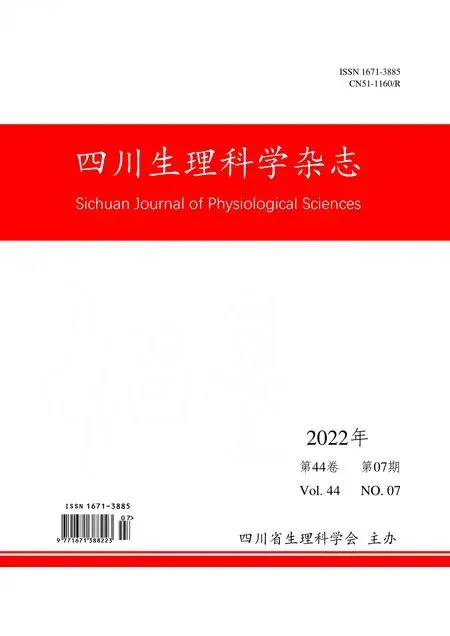Analysis of somatic mutations in 131 human brains reveals aging-associated hypermutability
2022-12-07TaejeongBaeetal
Taejeong Bae, et al.
We analyzed 131 human brains (44 neurotypical, 19 with Tourette syndrome, 9 with schizophrenia, and 59 with autism) for somatic mutations after whole genome sequencing to a depth of more than 200×. Typically, brains had 20 to 60 detectable singlenucleotide mutations, but ~6% of brains harbored hundreds of somatic mutations. Hypermutability was associated with age and damaging mutations in genes implicated in cancers and, in some brains, reflected in vivo clonal expansions. Somatic duplications,likely arising during development, were found in ~5% of normal and diseased brains, reflecting background mutagenesis. Brains with autism were associated with mutations creating putative transcription factor binding motifs in enhancer-like regions in the developing brain. The top-ranked affected motifs corresponded to MEIS (myeloid ectopic viral integration site) transcription factors, suggesting a potential link between their involvement in gene regulation and autism.
杂志排行
四川生理科学杂志的其它文章
- ADAR1 averts fatal type I interferon induction by ZBP1
- What is a cell type and how to define it?
- The molecular epidemiology of multiple zoonotic origins of SARS-CoV-2
- Recombination of repeat elements generates somatic complexity in human genomes
- Impaired ketogenesis ties metabolism to T cell dysfunction in COVID-19
- Measuring contraceptive method mix, prevalence, and demand satisfied by age and marital status in 204 countries and territories, 1970-2019: a systematic analysis for the Global Burden of Disease Study 2019
